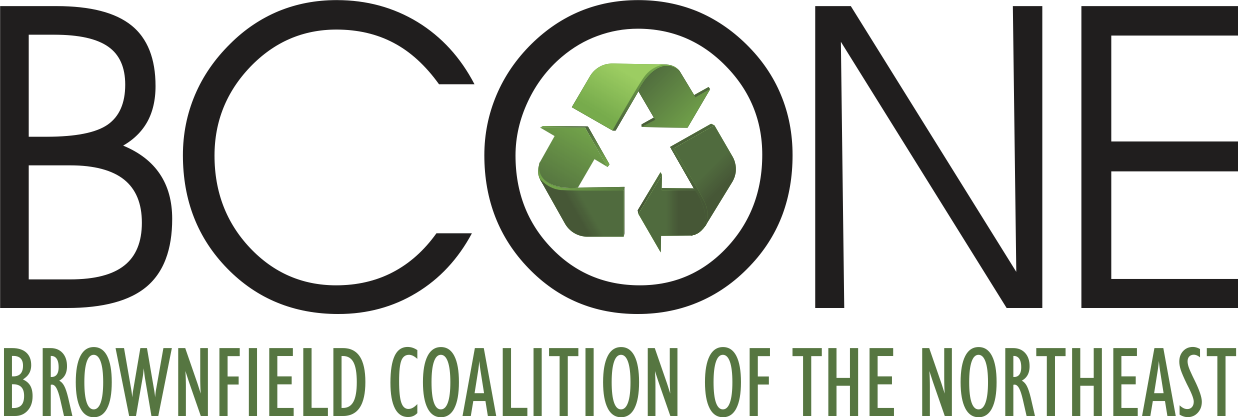The following information is from our BCONE colleagues at Robinson & Cole
As of July 1, 2015, significant changes took effect for the Significant Environmental Hazards (SEH) program established by Conn. General Statutes §22a-6u. This program requires reporting to the Connecticut Department of Energy and Environmental Protection (DEEP) and other parties upon discovery of any of several specified environmental conditions deemed to be SEHs. Reporting requirements run both to technical environmental professionals, who conduct the actual sampling or otherwise discover an SEH condition, and to site owners. This alert focuses on requirements for site owners.
WHAT'S CHANGED
This program now has broader reporting triggers and requires follow-up investigation and/or remediation within narrow response deadlines. The changes also include certain exceptions to reporting requirements and adds various other details regarding the program.
BROADER REPORTING TRIGGERS
-
Impacts or potential impacts to drinking water wells: An additional reporting trigger was added for discovery of “nonaqueous phase liquid” (a/k/a free product) of any kind in a drinking water well. Also, reporting is now required where groundwater within 200 feet in any direction of a drinking water well exceeds a groundwater protection criterion in the state’s Remediation Standard Regulations (RSRs). This trigger is in addition to the preexisting trigger for impacted groundwater within 500 feet in an upgradient direction from a drinking water well.
-
Impacts in shallow soils: Existing reporting thresholds for shallow soil (top two feet) contamination have now been reduced from 30 times (30X) to 15 times (15X) applicable RSR direct exposure criteria at a parcel in residential use or at a parcel in industrial/commercial use but within 300 feet of a residence, school, park, playground, or day care facility. Exceptions are provided for substances at industrial/commercial facilities that meet specified paving or fencing requirements.
-
Subsurface vapor intrusion into buildings: Reporting is now required for volatile substances in groundwater within 15 feet of an occupied building. (Previously, this trigger was limited to impacted groundwater within 15 feet beneath a building). The trigger level for reporting has also been broadened, from 30X to 10X applicable RSR volatilization criteria.
-
Impacted groundwater discharging to surface water: This reporting trigger has likewise been broadened, from 30X (of the state’s acute toxicity water quality standards for aquatic life) to 10X. Reporting is also required for discharged groundwater containing nonaqueous phase liquids (a/k/a free product) that has not already been reported to DEEP under other water quality programs. The changes also set a deadline of one business day for reporting such a free product discharge.
REQUIRED INVESTIGATION AND/OR REMEDIATION
The SEH program now also requires the site owner to take steps to address the condition that sparked the notice requirement. In the past, DEEP typically required such action on a case-by-case basis, but the agency’s response times and directives varied. Now, a site owner must proceed with specified steps under relatively short deadlines without waiting to hear back from DEEP.
For example, for threatened or impacted drinking water wells, required follow-up depends on the conditions that triggered the SEH report and may include identifying and requesting access to sample any other nearby drinking water wells, and reporting such sample results and proposing appropriate further action to DEEP. The deadline is 30 days after the owner becomes aware of the condition. For potential vapor intrusion into buildings, the site owner’s notice of the condition to DEEP must include a proposed mitigation or abatement plan.
BEWARE : COMPLIANCE HAZARDS REGARDING "SIGNIFICANT ENVIRONMENTAL HAZARDS"
The revised program requires careful reading to avoid potential compliance pitfalls. For example:
- Depending on the SEH condition, the deadline for a site owner’s initial notice to DEEP may or may not match the deadline for other investigation, reporting, or response actions.
- The definition of “residential” also appears to vary slightly among various SEH conditions. DEEP’s interpretation of any differences in use of the term is not addressed in its website notice or guidance document.
- Requirements and standards may also vary within the same SEH condition. For example, for impacted groundwater near drinking water wells, the program bases notice requirements on whether the location of the impacted groundwater is within certain distances of any drinking water wells (500 feet in an upgradient direction or 200 feet in any direction). However, the site owner’s duty to identify and request access to any off-site drinking water wells extends more broadly (500 feet in any direction).
TIE-IN TO "TRANSFORMATION" OF DEEP REMEDIATION PROGRAMS
The SEH program changes were actually adopted in 2013 legislation regarding DEEP’s remediation “transformation” effort but with an effective date postponed to July 1, 2015. In the interim, DEEP was to reconsider the risk-based numeric criteria on which the SEH reporting triggers are based and to recommend related changes to the SEH program. In brief, this process has not yet been completed. Legislation was proposed earlier this year to further postpone the effective date but failed to pass.
BROADER IMPACTS OF THESE CHANGES ON BUSINESS OPERATIONS
The impacts of the SEH program changes extend beyond release response and remediation. For example, in buying or selling property, due diligence that includes environmental sampling can now trigger requirements for response actions under relatively short deadlines that can complicate the transaction. New requirements to ask third parties for access to sample their off-site drinking water wells will necessitate communications and risk management strategies with respect to potential claims by such parties.
The SEH program changes include details beyond the summary discussion above, and should be reviewed in full. DEEP’s SEH webpage does not yet reflect the program changes, but an unofficial version of the SEH statute as revised by the 2013 amendments is available through the Connecticut General Assembly’s website.

